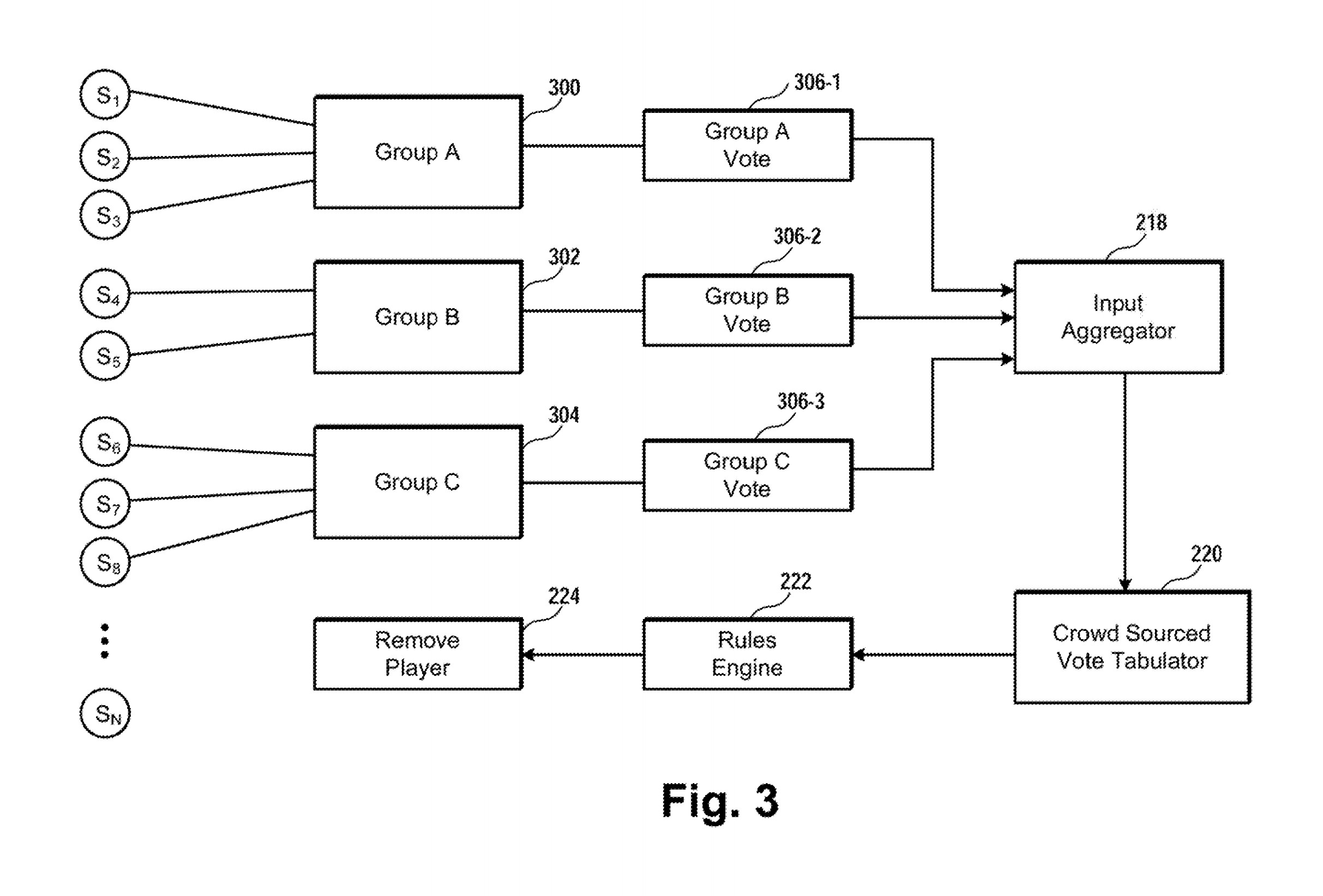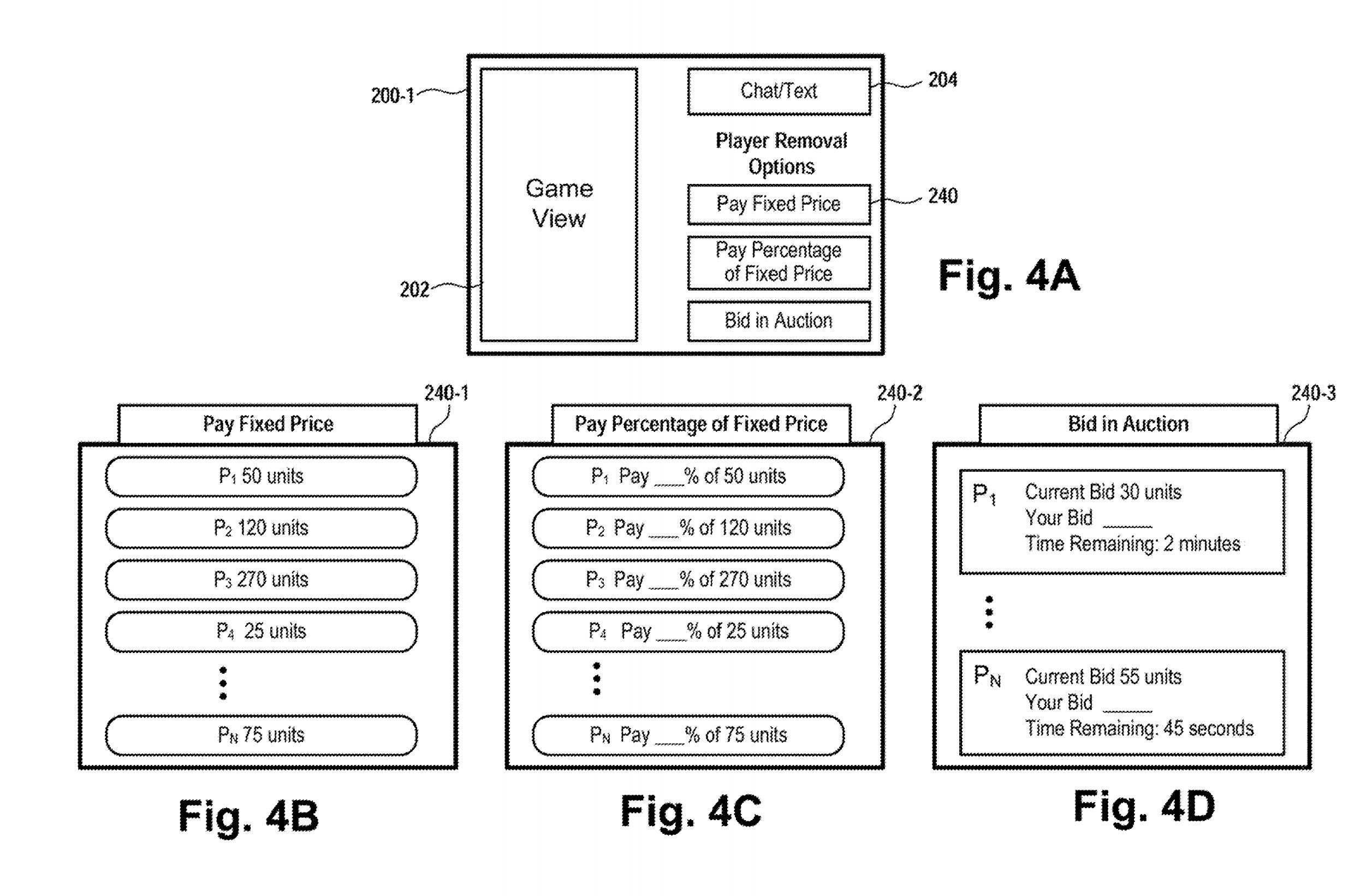Sony patents technology that enables stream viewers to kick players from games
This seems like a terrible idea.

Sony has been granted a patent on technology that gives spectators of videogames on streaming platforms like Twitch the ability to remove players from the action mid-game, either through a vote or by simply paying to make it happen.
"Online platforms such as, for example, Twitch, have made it possible for spectators to stream live and recorded video on top of videogames and electronic sports ('esports') events," the patent filing states. "As more and more people have become interested in watching videogames and esports events, game developers have sought to enhance the viewing experience by providing increased functionality and interactivity for spectators."
That's the context in which Sony cooked up this particular idea, which is sort of an inversion of Twitch Plays: Essentially, Twitch decides who doesn't play. It's a pretty simple concept, and one that's been around for players for decades—I've been voting to change maps and kick jerks as far back as the original Quake. But the patent filing itself goes into very specific detail about how viewers will give players the boot, how those players will be ejected, and what will happen to them once the axe falls.
Voting, for instance, seems like a fairly straightforward proposition, but the Sony patent envisions a weighting system based on the skill level of the spectators involved. This would be based on metrics stored in the spectator's profile, which would include records of things like how long they've played the game they're viewing, what their rating is, and how many achievements they've earned. Votes from audience members with high rankings will count for more than those cast by low-ranked viewers, and preset threshold levels will have to be met in order to trigger a removal.
And when democracy fails, money triumphs: Another part of the system could enable spectators to pay a fee, either preset or auctioned, to have a player removed from the game.
As for what happens to players when the hammer falls, there are options: Depending on the game they could be dropped from the server completely, have their controls cut off, or even be moved to "a different circle of players" with whom they're better matched.
There are all sorts of variables that could come into play depending on the individual implementations of this technology, and I can see where a vote-em-out mechanic might be fun for specific games. In fact, something like that has already been done: The survival game SOS attempted to blend conventional survival mechanics with audience interaction in what we described as a sort of Playerunknown's Gilligan's Island. We thought it looked promising, but it failed to attract an audience, and less than a year after our preview it shut its doors for good.
Keep up to date with the most important stories and the best deals, as picked by the PC Gamer team.



Outside those very specific circumstances, though, it looks to me like a system begging to be abused. An option to enable viewers to provide custom or preset "feedback" to players before they're kicked seems like an especially bad idea given the way Twitch already struggles with "hate raids" and toxic chat in many of its channels—are players really going to want to make it easier to expose themselves to direct "feedback" from the audience?
Even Sony seemed to acknowledge that the system could be used by spectators who only want to mess with players, saying they could move to have players kicked for "poor sportsmanship, substandard performance in the videogame, or simply because the spectator does [not] want to watch a particular player."
The granting of the patent doesn't indicate that Sony is about to implement this technology, and even if it does, it's quite possible that it will only adopt certain limited aspects of it. But Sony is clearly looking to break new ground in streaming and audience participation, possibly as part of a greater overall push into esports: It acquired the EVO fighting game tournament earlier this year.
Thanks, Eurogamer.

Andy has been gaming on PCs from the very beginning, starting as a youngster with text adventures and primitive action games on a cassette-based TRS80. From there he graduated to the glory days of Sierra Online adventures and Microprose sims, ran a local BBS, learned how to build PCs, and developed a longstanding love of RPGs, immersive sims, and shooters. He began writing videogame news in 2007 for The Escapist and somehow managed to avoid getting fired until 2014, when he joined the storied ranks of PC Gamer. He covers all aspects of the industry, from new game announcements and patch notes to legal disputes, Twitch beefs, esports, and Henry Cavill. Lots of Henry Cavill.

